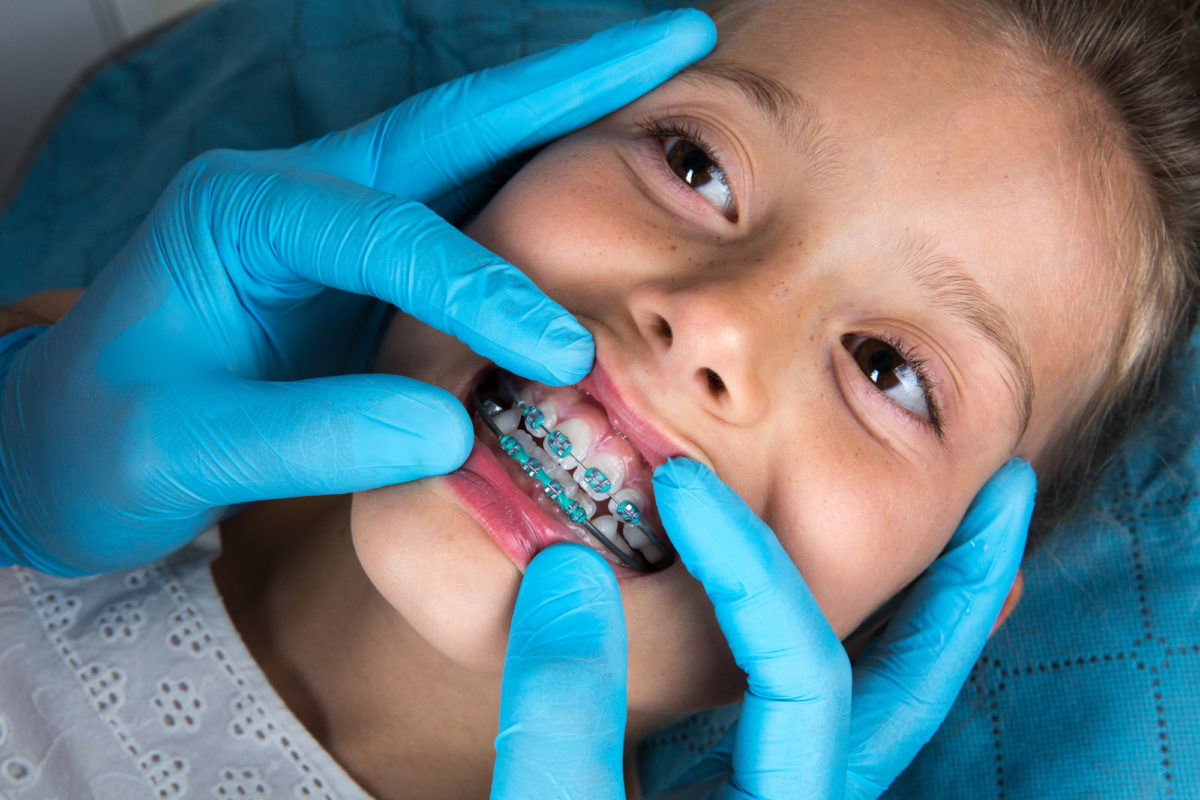First orthodontic visit
In recent years, orthodontists have been able to give a beautiful smile to all ages, thanks to the new technological developments in orthodontics. Nevertheless, there is an optimal time of intervention that ensures the best possible results, in the shortest period of time, without the need for extraction of permanent teeth.
According to the American Association of Orthodontists, the appropriate age for the first visit to an orthodontist is 7 years. The orthodontist can often diagnose during the first visit problems that a child at this age may have. Thus, depending on the diagnosis, he suggests the most suitable time to start orthodontic treatment, as well as the appropriate methods for the early treatment of these problems. Of course, there are also cases in which the orthodontist judges that the child is not ready to start treatment during the first examination, so he will ask to see him again in a second year.
During the first orthodontic visit, the following are examined:
- The eruption of permanent teeth and the loss of new teeth.
- The occlusal anomaly and its nature, i.e. whether it is of dental or skeletal origin. Some of the incidents that concern these two categories are the thrown upper teeth, the crowded teeth with sparse spaces, with cross closure and many others.
- The necessity or not of a first phase of orthodontic treatment, the duration of which is approximately 1 year.
Usually, skeletal abnormalities (e.g. mandibular prognathism) as well as parafunctional disorders (e.g. finger-sucking) are the ones that are treated at this age.
The harmoniously guided development of the oromandibular system is highly dependent on orthodontic treatment in childhood, which quickly and easily resolves skeletal problems regarding the sizes and relationship of the two jaws.
For the suppression of an orthodontic anomaly (Phase I) the duration of treatment is usually one year.
In this phase are used:
-
- Movable mechanisms, such as mouth guards and extra – oral arches.
- Stationary mechanisms, such as the rapid palate expanders.
- Metal braces.
The only thing that is certain is that early orthodontic treatment of cases in childhood would be treated differently and not so easily during adolescence or adulthood.
In conclusion, the earlier the treatment begins to treat most orthodontic anomalies, the more painless and effective it will be, giving young patients a beautiful and healthy smile that will last a lifetime!

